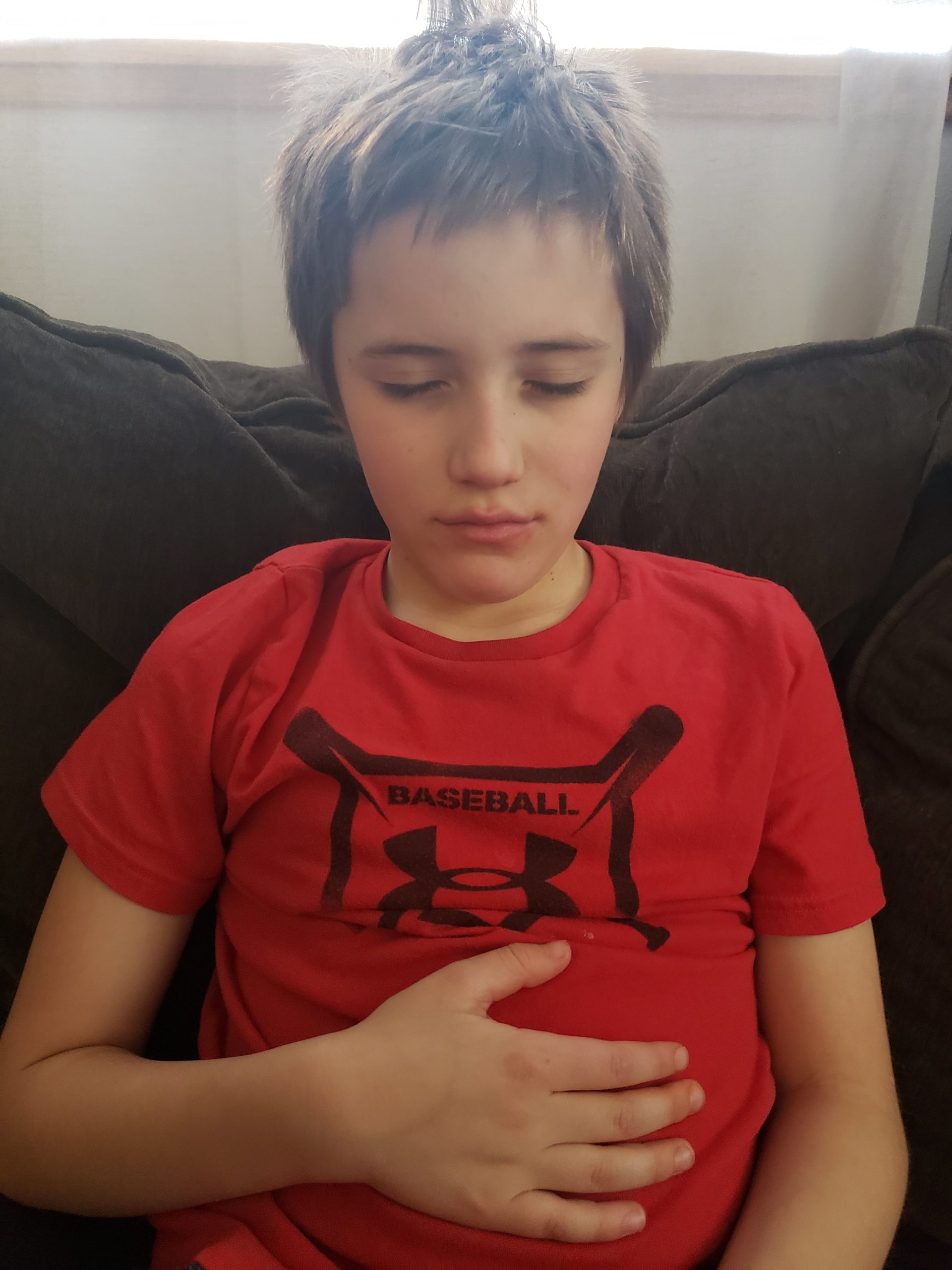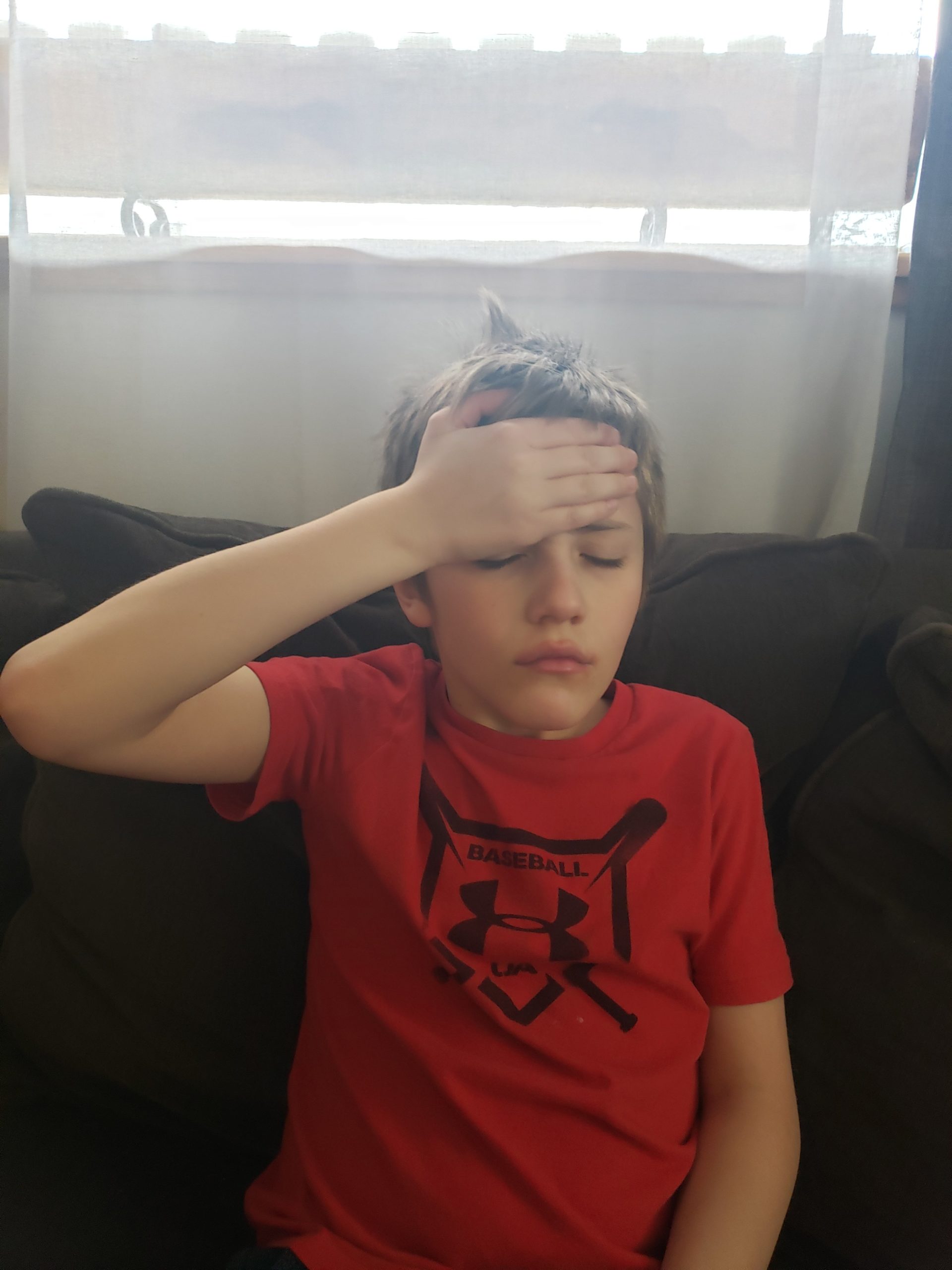Social Emotional Regulation and Learning
 Many people may not know that occupational therapists have fairly extensive backgrounds and training in addressing social-emotional regulation and learning. Therefore, we implement many of the techniques you have likely seen on Pinterest or from your school counselor. During this time, I am happy to share with you my top techniques that I am found doing daily with kids in the clinic.
Many people may not know that occupational therapists have fairly extensive backgrounds and training in addressing social-emotional regulation and learning. Therefore, we implement many of the techniques you have likely seen on Pinterest or from your school counselor. During this time, I am happy to share with you my top techniques that I am found doing daily with kids in the clinic.
Firstly, I have included the age ranges I use these with to help guide you. Secondly, I should also say that these are what I call grounding or filler techniques, available to support us and our kids when we see something in our children but just aren’t sure how to help.
What are we looking to do? Above all, we are looking to help children learn to work with and through their emotional shifts. If you see mood shifts or changes in behavior this can indicate a shift in arousal. Behavior shifts can be subtle. My son rocks, other children reduce eye contact.
Why do we look at arousal? Because it reflects our nervous system and our ability at any one moment to manage our situation. The more we learn to work within our emotions (versus stopping or ignoring) the better our nervous systems can support us, and we can learn and feel better).
Hands Off
1 year and up: Bubble blow with a pause – Try to only blow out one bubble. As the bubbles fall to the ground, focus on one and try not to let it pop.
3 years and up: Using only one hand, touch the pads of each finger to thumb in a rhythmic pattern: I have been taught to say positive words or a statement with each finger touch. For example: “Happiness is in me,” or “I will feel great.” Whatever statements resonate with your child. Repeat until you feel more calm.
4 years and up: Ground with the senses: I often have kids look around the room and tell me what they see. After looking around for a while and then running out of things to say, I have them take a deep breath and then move on to the other senses. I don’t push for more answers. I accept what they have and then move on to encourage flow.
1) See 2) Hear 3) Feel 4) Smell
 Hands On
Hands On
Does social distancing apply to your children???
I caught myself trying to protect my son when I came in the door the other day and instead probably increased his fear by explaining away why we couldn’t hug. UGH!! What a terrible feeling. After showering and feeling better about my state of hygiene, I sat with him for a long time and just hugged him. I think we can always show our children our power to be more available and open to change, we just need to give ourselves time to make a game plan. I skip the explanation now and ask him just to give me a minute.
Placement of your hands over a child’s hands to produce comfort is very effective. Holding body parts to send comfort or compassion include holding a hand gently over front of head, then gently over heart, and then over stomach. Take deep breaths with each hand placement. Again, repeat until calm.
With sincere hope you all are well!
Miss Erin
For another OT perspective on parenting, check out this article.
